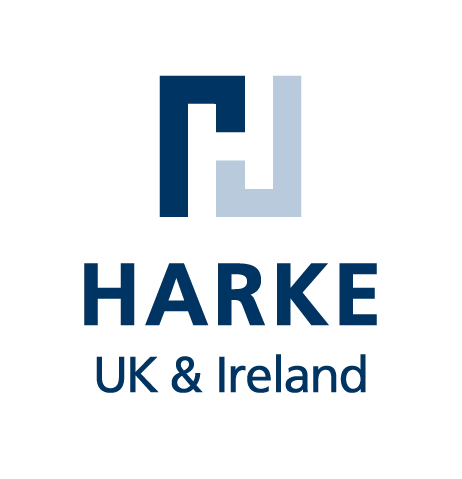There is growing concern over nitrosamines’ existence in pharmaceutical formulations. In this blog we explain the current issues with nitrosamines in pharmaceutical formulations, provide two possible solutions, and we also have a webinar on the topic coming up which you can request an invite for.

What are nitrosamines?
Nitrosamines are organic compounds, scientifically referred to as N-Nitrosodimethylamine (NDMA), N-Nitrosodiethylamine (NDEA), and N-Nitroso-N-methyl-4-aminobutyric acid (NMBA), which are classified as probable human carcinogens. We are exposed to them in our everyday lives in our water, drug manufacturing, and foods, including meat, vegetables and dairy products.
It is the combination of a nitrosating agent, a secondary or tertiary amine, and appropriate conditions (such as temperature and pH) that is necessary for the creation of N-nitrosamines in drug products. The risk of cancer that nitrosamines pose is increased with exposure above acceptable levels for long periods of time, however medication containing NDMA at or below such levels has not been shown to cause any adverse effect. The acceptable intake limit for six variants of nitrosamines that are commonly found in pharmaceuticals ranges from 26.5 – 95 nanograms per day (EMA, 2022; US FDA, 2021).
Drugs which may be affected by nitrosamines
Many drugs are possibly at risk of hazardous nitrosamine levels, the following has been provided by Chemfield Cellulose to provide a guide to medicines which may be affected.

How can they be avoided?
Consequently, in order to prevent carcinogenic risk, nitrosamine detection and removal in drug production have become a mammoth task in the pharmaceutical industry. Since initiation, the European Medicines Agency (EMA) has reportedly recalled several drugs containing Valsartan due to contamination with a nitrosamine impurity back in 2018.
Understandably, there is growing concern over nitrosamines’ existence in pharmaceutical formulations. Chemlink Specialities offers a variety of ingredients to reduce nitrosamine risk, such as Shin-Etsu’s HPMC and Chemfield’s MCC.
Chemlink’s solutions:
Shin Etsu’s HPMC
Shin Etsu’s HPMC (hypromellose phthalate) is a nonionic water-soluble cellulose ether. It is practically odorless, has a low ash content, and is highly stable across changes in pH. HMPC is derived from cellulose treated with a caustic soda aqueous solution to produce an alkali cellulose, which in turn is treated with etherification agents such as methyl chloride, propylene oxide or ethylene oxide in order to yield the final product. Although cellulose contains many hydrophilic hydroxyl groups, its solubility is controllable under thermal regulation.
Chemfield’s MCC
Similarly, Chemfield Cellulose manufactures its MCC (microcrystalline cellulose) for a variety of applications in the pharmaceutical industry. MCC is often used as a bulking agent, emulsifier, and extender for tablets and capsules. Chemfield Cellulose uses high quality specialty pulp to provide safe and consistent results. They offer two types: PRIMECEL (MCC) and PRIMESOLV (SMCC), the co-processed excipient form.
Typically MCC and SMCC can be a major source of reactive impurities like nitrites and nitrates. However, Chemfield Cellulose has proven robust control of nitrite, nitrate and nitrosamines in these two premium products. This has been validated via ion chromatography and liquid chromatography mass spectroscopy (LC-MS).
See the results below. The ‘Limit of Detection (LOD) and Limit of Quantification (LOQ) for respective methods are detailed here.

Based on the raw materials, manufacturing process and non-compendial product testing, nitrosamines are not expected to be present in these products. The stringent controls reveal very negligible levels of nitrate and nitrites, one of the lowest in the industry.
There is a special grade of PRIMECEL (MCC) and PRIMESOLV (SMCC) available now, which includes a technical package containing:
- New specifications
- CofA
- Trend data
- Validation data
- IPEC guidelines
This technical package is expected to be available for all grades of PRIMCEL (MCC) and PRIMSOLV (SMCC) eventually.
Sign up for our webinar
Chemlink welcomes you to join us at our webinar on the 22nd February 2023 to discuss all things nitrosamine, its challenges in the pharmaceutical industry, and how Chemlink is combating them. Join us here ___ .
[contact-form-7 id=”19072″ title=”Request A Pharma Consultation_copy”]
Sources
Hypromellose Phthalate (Inactive Ingredient) – Drugs.com
Shin-Etsu Chemical Co.,Ltd Cellulose & Pharmaceutical Excipients Department USP Hypromellose Phthalate Accessed March 31, 2012 http://www.metolose.ru/files/hpmcp.pdf
About Us | Chemfield Cellulose (chemfields.com)






